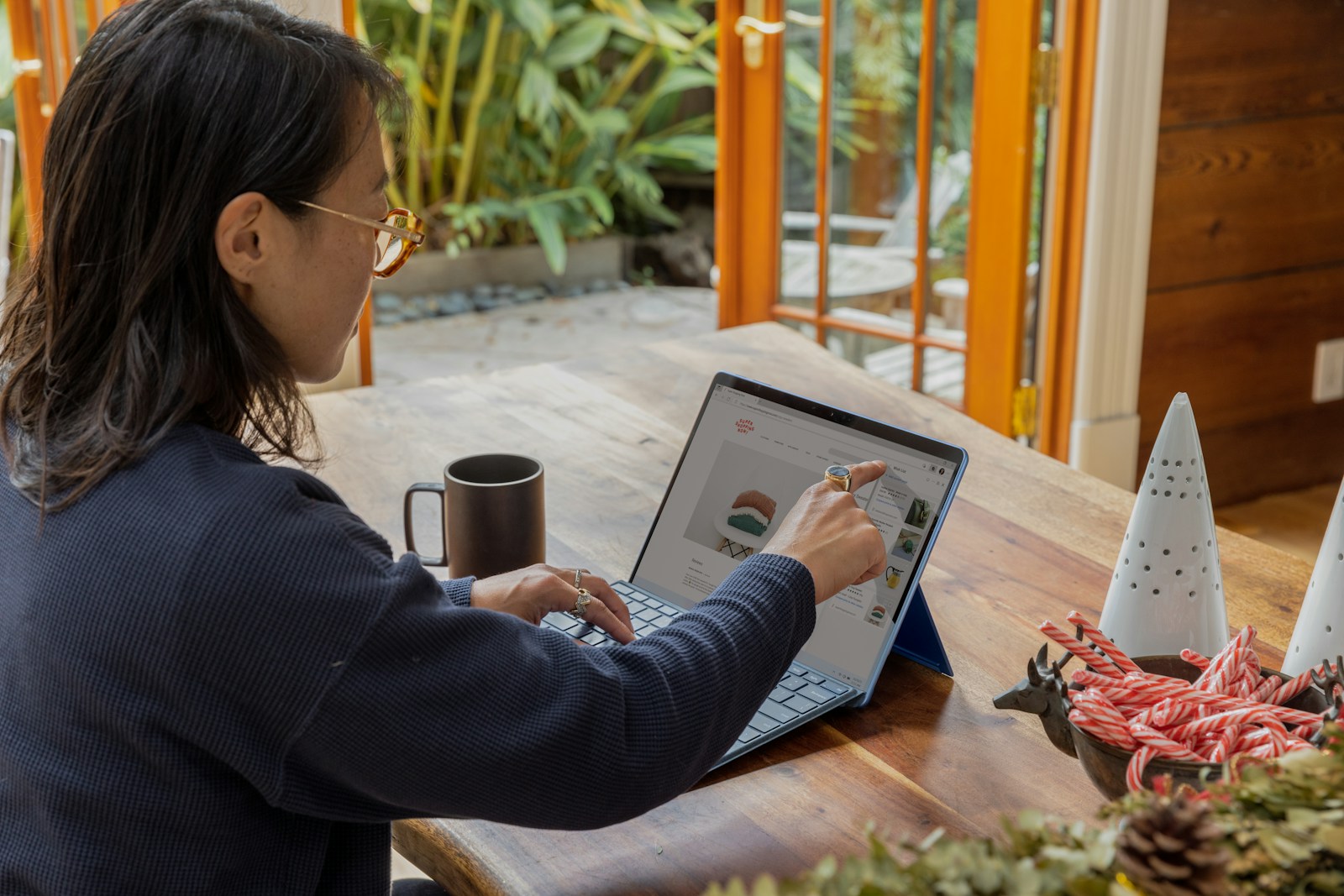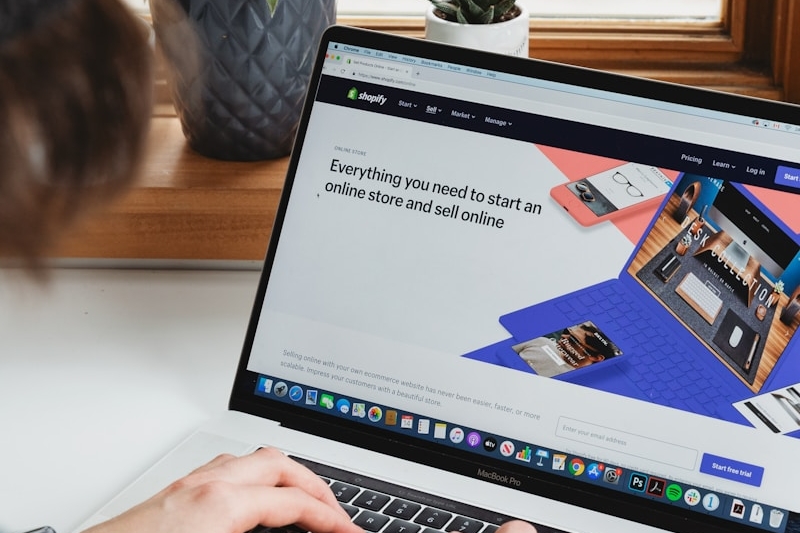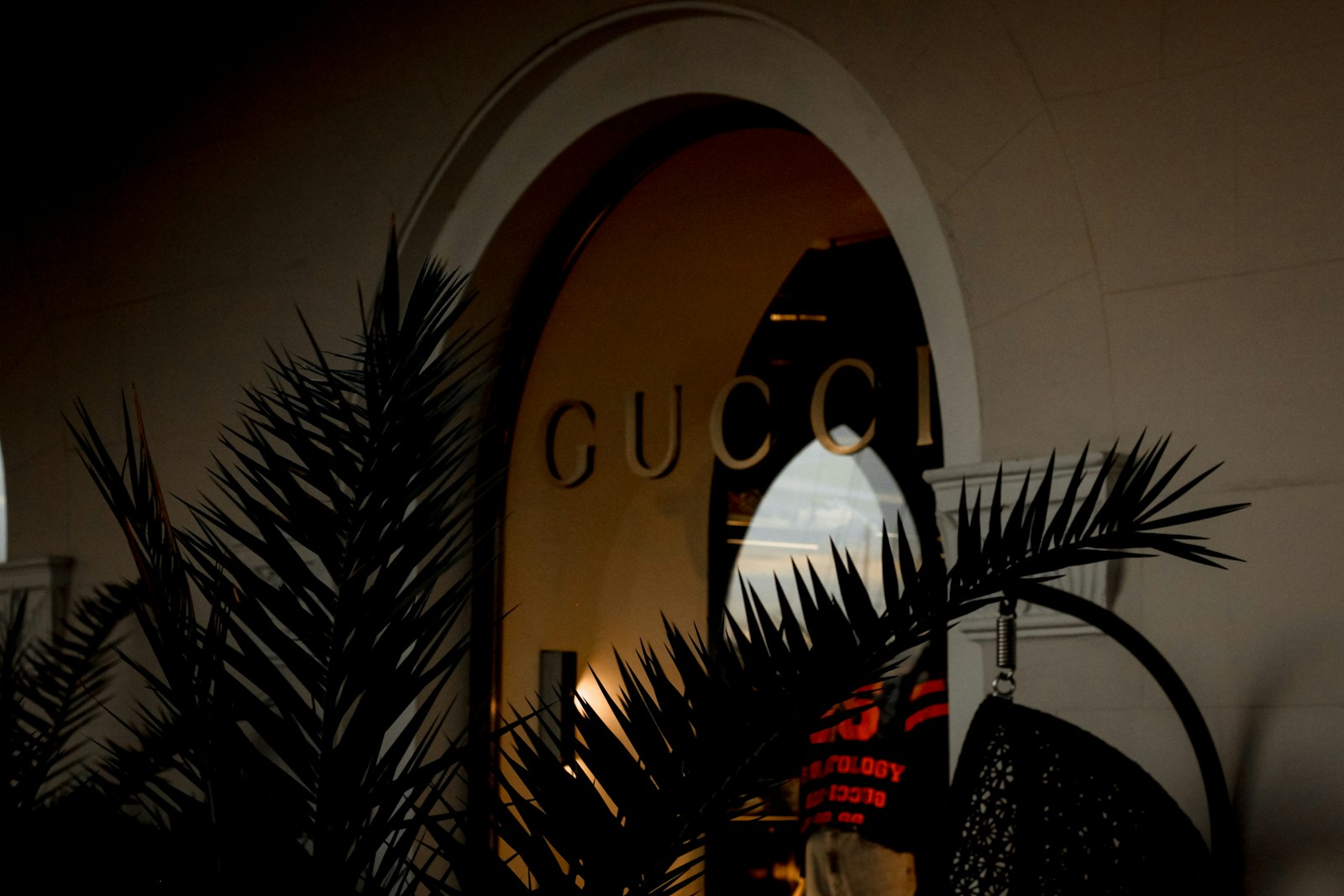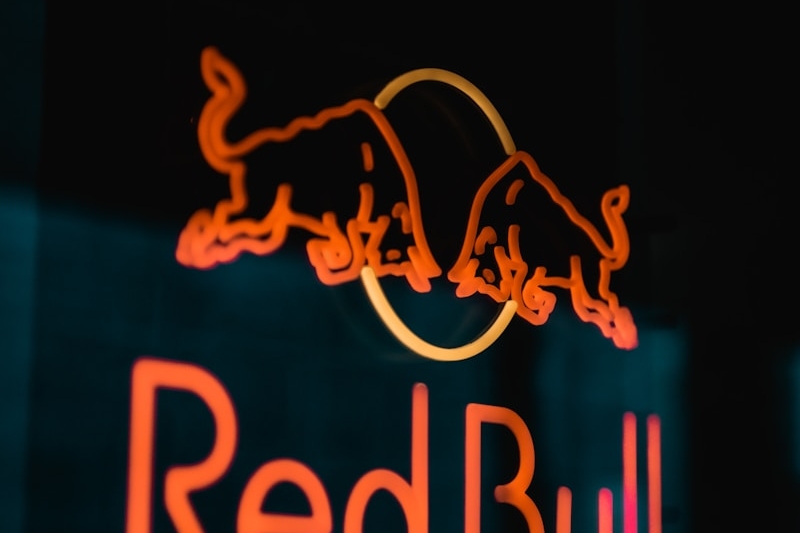In an era where consumers are bombarded with marketing messages at every turn, the brands that stand out are those that prioritize connection over mere transactions. This shift in consumer behavior underscores the growing importance of branded activations—strategic marketing initiatives designed to engage audiences through immersive experiences. In this post, we will explore how branded activations can foster community and build brand loyalty, ultimately leading to long-term customer relationships.
Understanding Branded Activations
Before diving into the community-building aspects of branded activations, it's essential to define what they are. Branded activations encompass a wide range of marketing tactics, from live events to digital experiences, all designed to create memorable interactions between a brand and its target audience. These activations can take many forms, including:
- Experiential Marketing: Live events where consumers can interact with a brand in a tangible way. Think pop-up shops, product sampling events, or immersive installations.
- Digital Experiences: Online events, social media campaigns, or interactive content that engage consumers in a virtual environment.
- Sponsorships and Partnerships: Collaborations with events or organizations that align with a brand’s values and resonate with its audience.
The common thread among these activations is the intention to create a meaningful connection with consumers, encouraging them to engage with the brand on a deeper level.
The Importance of Community in Brand Engagement
1. Community as a Cornerstone of Brand Loyalty
At its core, community refers to a group of individuals who share common interests, values, or experiences. When brands create spaces—both physical and virtual—where these communities can thrive, they are more likely to foster loyalty among their customers.
Why is this important? A study by the Harvard Business Review found that emotionally connected customers are more than twice as valuable as highly satisfied customers. They exhibit higher purchase frequency, increased spending, and greater brand loyalty. By cultivating a sense of community, brands can tap into this emotional connection, transforming casual buyers into brand advocates.
2. Authenticity and Shared Values
Modern consumers, especially millennials and Gen Z, are drawn to brands that align with their personal values and demonstrate authenticity. Branded activations can serve as platforms for brands to showcase their commitment to social responsibility, sustainability, or other relevant causes.
For instance, brands that organize community service events or support local artisans can cultivate a sense of belonging and trust among their audiences. By participating in these shared values, consumers feel a stronger emotional bond to the brand, further solidifying their loyalty.
3. Creating Shared Experiences
Experiences are at the heart of community-building. Branded activations that provide opportunities for shared experiences can bring people together, fostering connections that extend beyond the event itself. Whether it's a music festival, a fitness challenge, or a virtual workshop, these experiences allow consumers to connect with the brand and each other in meaningful ways.
Example: Nike's "Nike by You" campaign allows customers to customize their shoes while participating in live events. This activation not only lets consumers express their individuality but also creates a sense of community among fellow sneaker enthusiasts.
Strategies for Effective Branded Activations
1. Know Your Audience
Understanding your target audience is crucial for creating successful branded activations. Conduct thorough market research to identify the interests, preferences, and pain points of your audience. This knowledge will inform your activation strategy and ensure that your efforts resonate with the community you aim to engage.
2. Focus on Experience Design
The design of your activation should prioritize the consumer experience. Consider how participants will interact with your brand and what emotions you want to evoke. Incorporate elements of surprise and delight to create memorable moments that attendees will share with others.
Tip: Use sensory elements—like taste, smell, and touch—to enhance the experience. For example, a food brand could host a tasting event that engages all the senses, making it more likely that attendees will remember and talk about the experience.
3. Leverage Technology
Digital experiences are increasingly vital in engaging audiences, especially in a post-pandemic world. Utilize technology to create interactive online activations that connect with your audience remotely. Virtual reality, augmented reality, and live streaming can help bridge the gap between in-person and digital experiences.
Case Study: The virtual reality experience created by the New York Times during the launch of their "The Truth Is Hard" campaign allowed users to immerse themselves in the world of investigative journalism, fostering a deeper connection to the brand's mission.
4. Build Community Before, During, and After the Activation
A successful branded activation doesn’t just end when the event is over. Create opportunities for community engagement before, during, and after the activation. Use social media platforms to build anticipation leading up to the event, and encourage attendees to share their experiences online.
After the activation, maintain the momentum by nurturing the community you’ve created. This could involve follow-up communications, exclusive offers for participants, or ongoing content that keeps the conversation alive.
Measuring Success: Key Performance Indicators (KPIs)
To gauge the effectiveness of your branded activations in fostering community and brand loyalty, establish key performance indicators (KPIs) that align with your goals. Here are some important metrics to consider:
- Engagement Metrics: Track social media interactions, event attendance, and content shares to measure audience engagement.
- Brand Sentiment: Use surveys and social listening tools to assess how consumers feel about your brand post-activation.
- Customer Retention: Monitor repeat purchases and customer lifetime value to determine the long-term impact of your activation on brand loyalty.
- Community Growth: Measure the growth of your brand's community, whether through social media followers, newsletter sign-ups, or event registrations.
Conclusion: The Future of Brand Engagement
As the marketing landscape continues to evolve, brands must prioritize community-building through branded activations. By creating memorable experiences that foster connections, brands can cultivate loyalty and trust among their audience.
The benefits of investing in branded activations extend beyond immediate sales. They lay the foundation for long-lasting relationships with consumers, turning them into advocates who will champion your brand within their communities.
At Eric Michael & Associates, we specialize in crafting impactful branded activations that resonate with audiences and foster a sense of belonging. Whether you’re looking to enhance your customer engagement strategy or launch a new product, our team is here to help you create experiences that build community and brand loyalty.
Contact us today to learn more about our special projects and how we can partner to create meaningful connections with your audience. Let's work together to elevate your brand through strategic activations that engage and inspire!
Eric Michael
Eric Michael is a multi-passionate, multidisciplinary creative collaborator, special projects lead, and career and life coach with a passion for high-stakes branding, business, and reputation management initatives.
RELATED POSTS:
More from Eric Michael and the team.
February 28, 2025
Changes to the Master Service Agreement
January 20, 2025
Travel Notice & Itinerary
December 1, 2024
W'24 Memo: Important Seasonal Announcements
October 24, 2024
Top 5 Creative Branded Activation Strategies for 2024
October 23, 2024
The Power of Branded Activations: Turning Ideas into Experiences
August 12, 2024










